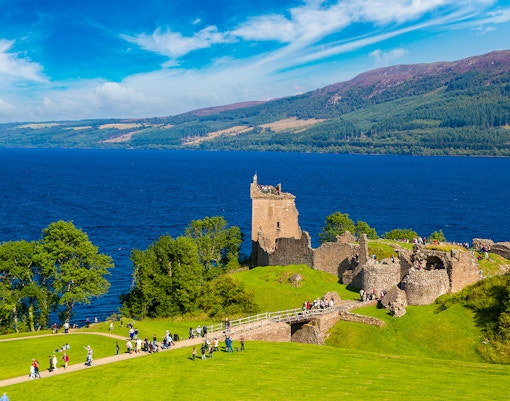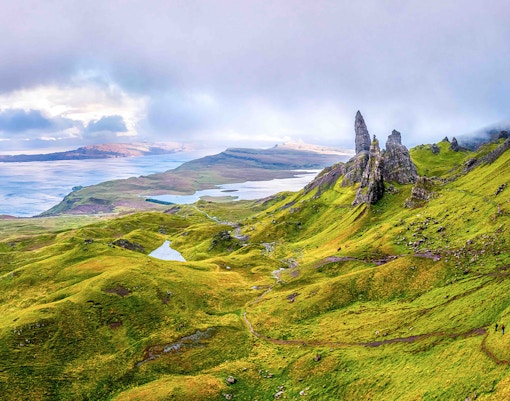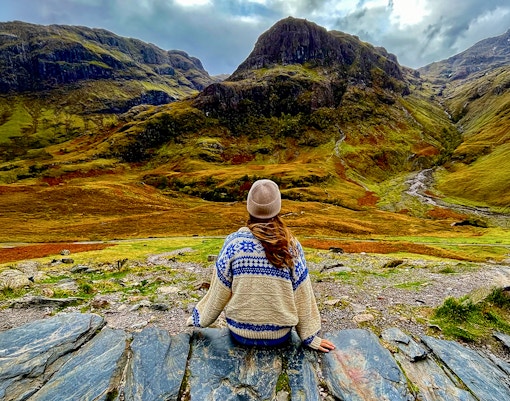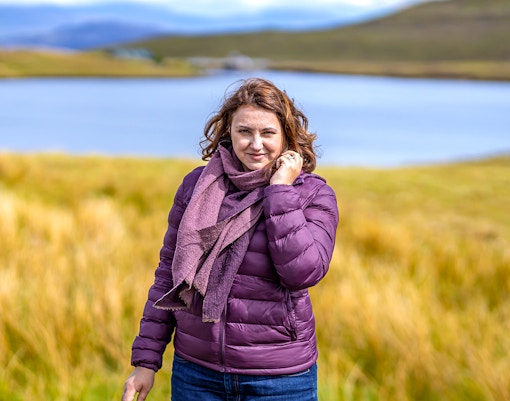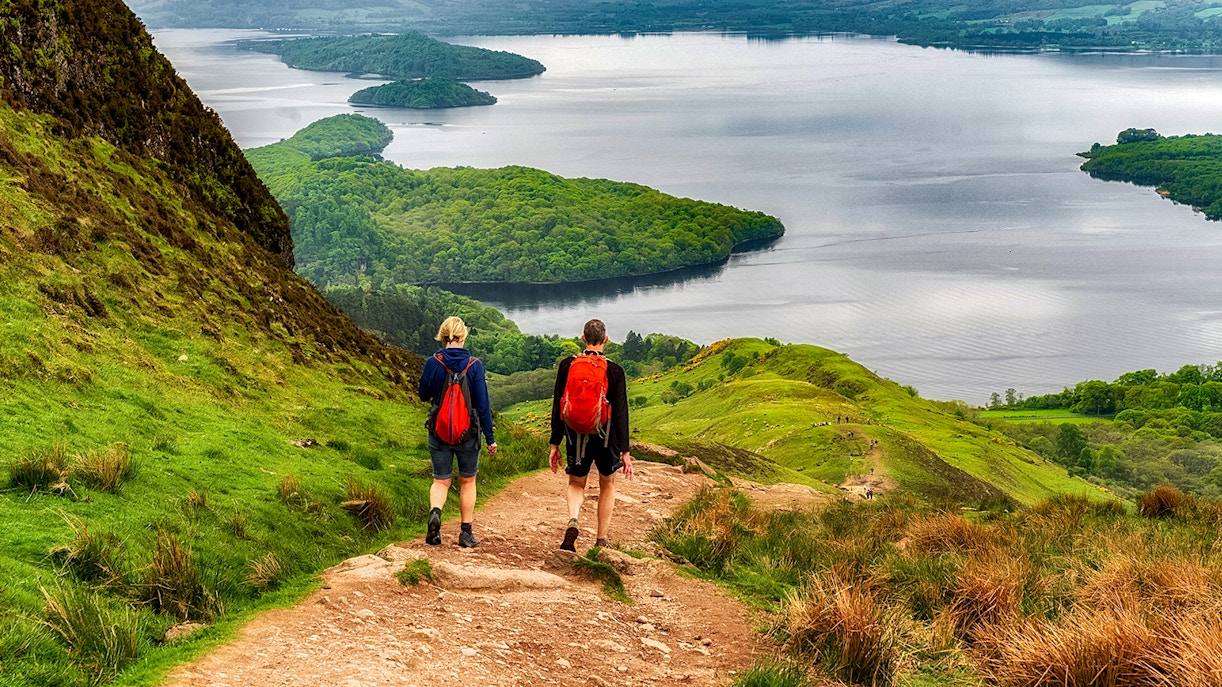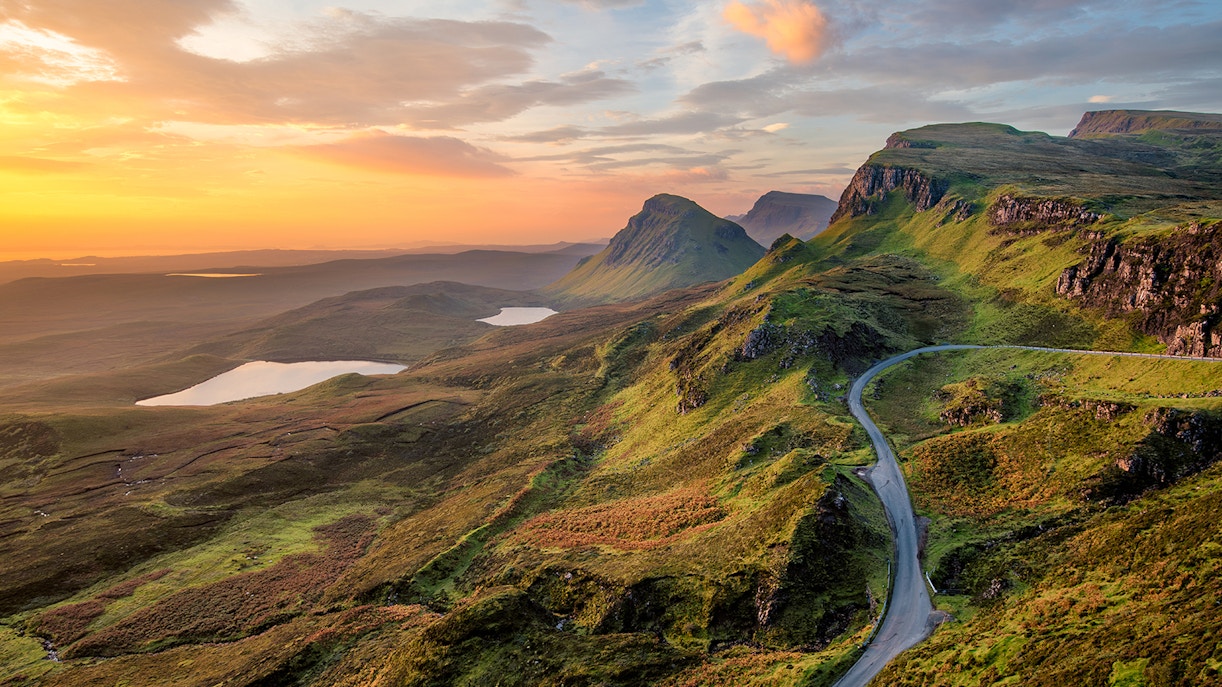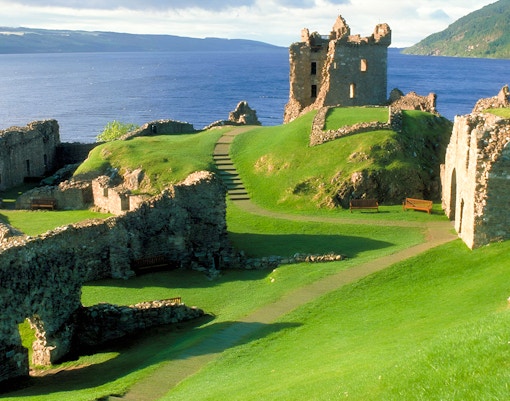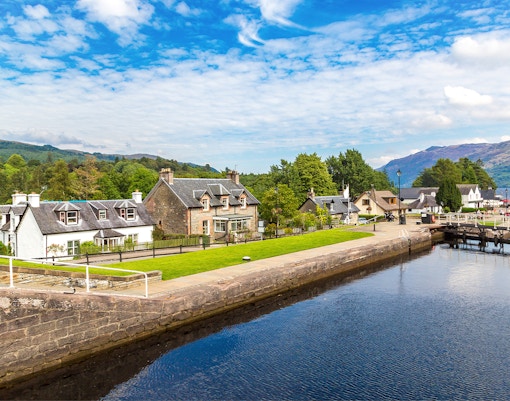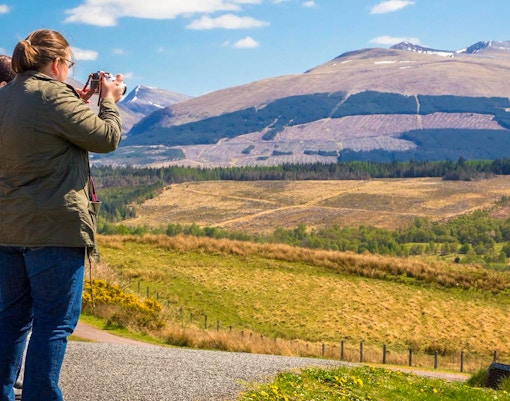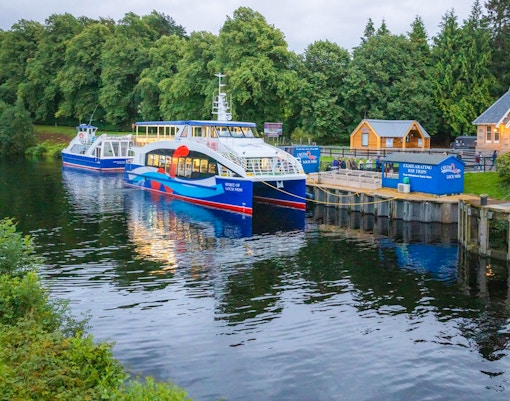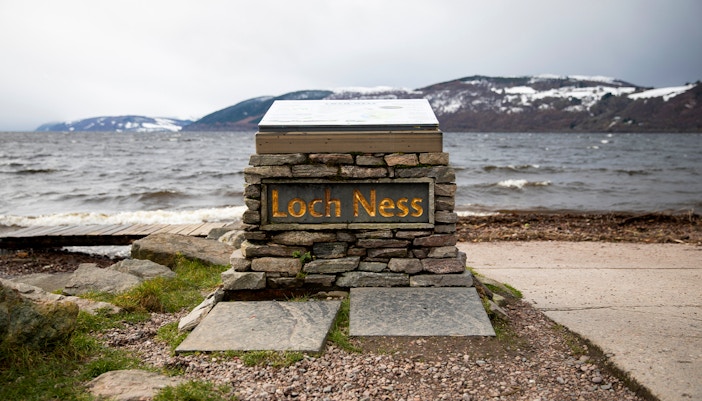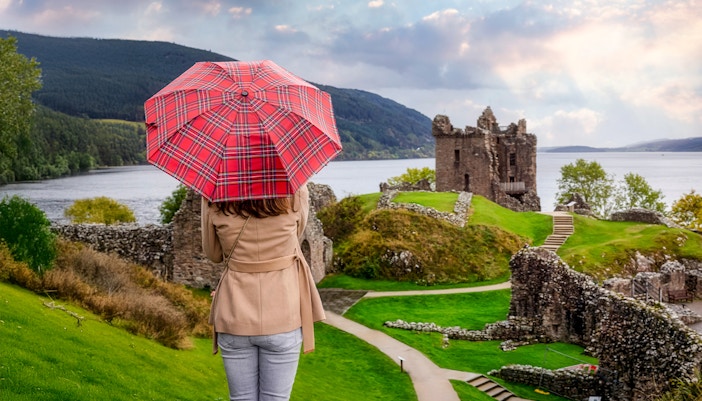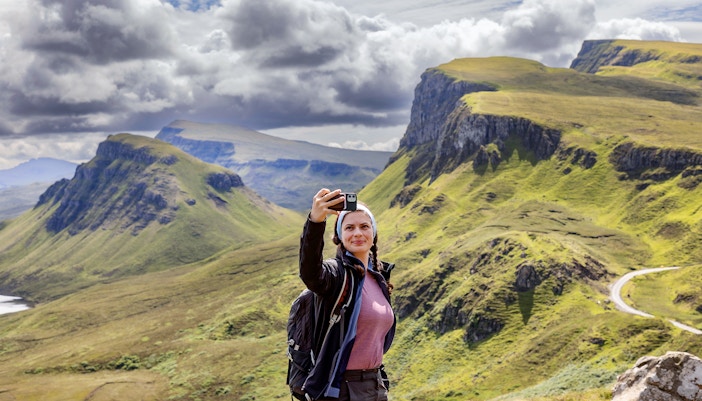Weather & crowds: Mild weather with less rain and moderate temperatures (4°C-15°C). Fewer crowds than in summer, especially in April and May.
Pricing: Lower prices for tours and accommodation compared to peak season.
Activities & notes: The landscape comes alive with blooming flowers. This is the best time to visit Loch Ness for hiking and enjoying clear views before the summer rush. Perfect for photography as the days get longer.
